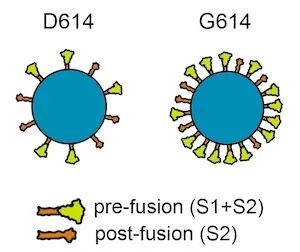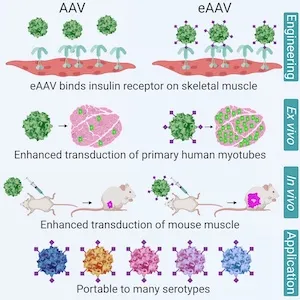West Nile, dengue, and Zika, yellow fever, and Japanese encephalitis viruses are well-known examples of pathogenic flaviviruses. So far, no entry receptor has been identified for any flavivirus, but several proteins that promote flavivirus entry have been found including phosphatidylserine (PS) receptors. The main physiological function of the PS receptors is to recognize PS exposed on the apoptotic cells and mediate phagocytic clearance of those cells. These PS receptors are hijacked by many viruses and utilized as their entry factors, a mechanism described as ‘apoptotic mimicry’. TIM (T-cell Immunoglobulin Mucin protein)- and TAM (TYRO3, AXL, and MERTK)-family members are the best characterized PS receptors for their ability to mediate virus entry. PS receptors are not described as virus ‘receptor’ because they non-specifically support the entry of a wide range of enveloped viruses. We showed that flaviviruses most efficiently utilized TIM and TAM family proteins.
Years ago, a dengue vaccine, DengVaxia by Sanofi, was licensed in 20 countries, and numerous children were vaccinated with it. It was discovered only years later that the hospitalization rate increased if the vaccinees were naïve to dengue virus at the time of vaccination. This phnomenon is believed to be the result of ADE (Antibody Mediated Enhancement of infection), in which the antibodies produced by vaccination enhance a subsequent infection. DengVaxia is now approved only for the use in the individuals with prior infection. Thus, there is no effective dengue vaccine for naïve individuals, although 100-400 million people are infected yearly by dengue virus. Using our experience and knowledge, we are seeking to improve dengue vaccines.
In addition to causing frequent outbreaks and serious illness, flaviviruses have several scientifically important and enigmatic properties that are exciting and fun to investigate.


